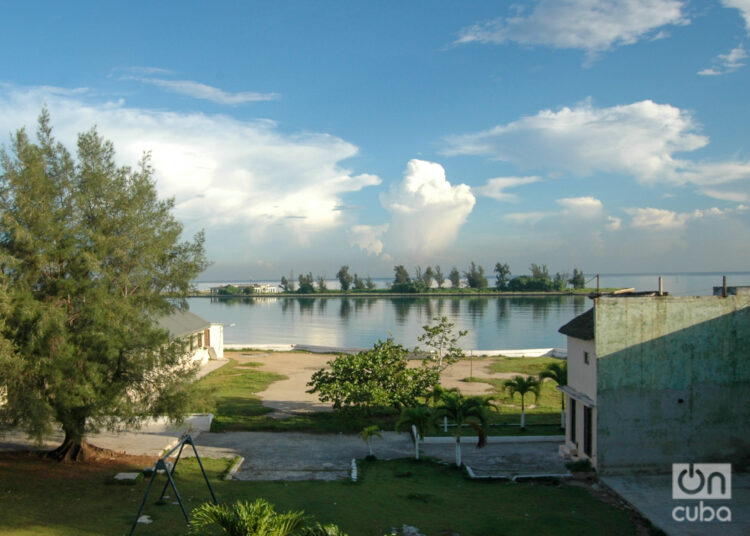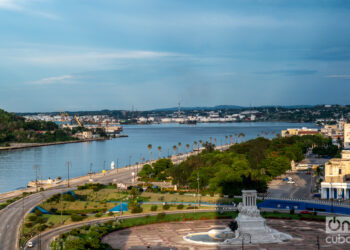The coastal town of Santa Fe, in western Havana, was the port where I anchored when I moved to the capital at the beginning of this century. I didn’t choose it: it was simply where I had shelter.
That little apartment at the entrance to the town had belonged to my aunts Alicia and Vicky, the first to take flight from our native Holguín. Then, in the late 1990s, my brother inherited it, and finally, I ended up there, with the same furniture bearing witness to the family’s passage. In other words, Santa Fe became part of my story long before I knew it would one day be my home.
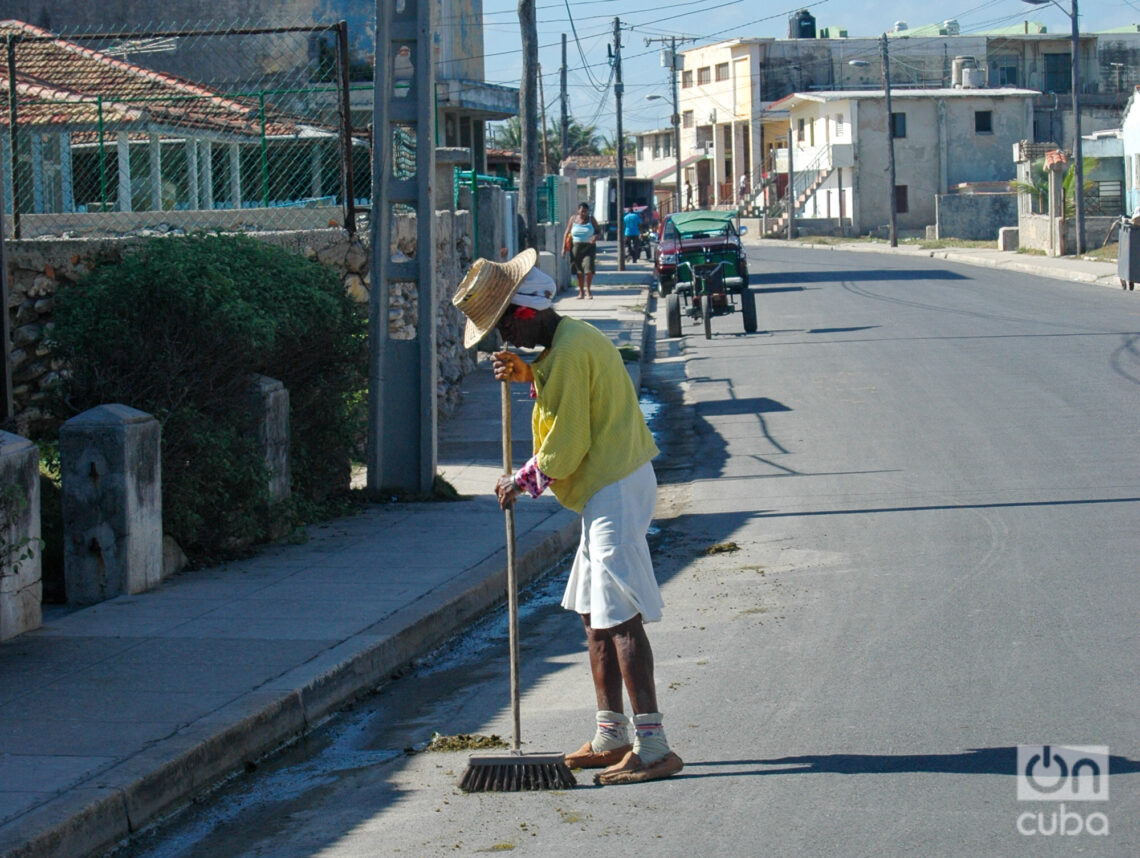
The town has a history that seems taken from a tale told at dusk, with the smell of salt and charcoal. At the end of the 18th century, a small village was built by humble hands: fishermen, charcoal makers and quarry workers. It was not yet by the sea, but a few kilometers inland, in an area that was part of the old Taoro family fiefdom. That first settlement was called Santa Ana, in honor of a Black woman known for her healing powers, a kind of local healer to whom everyone turned.
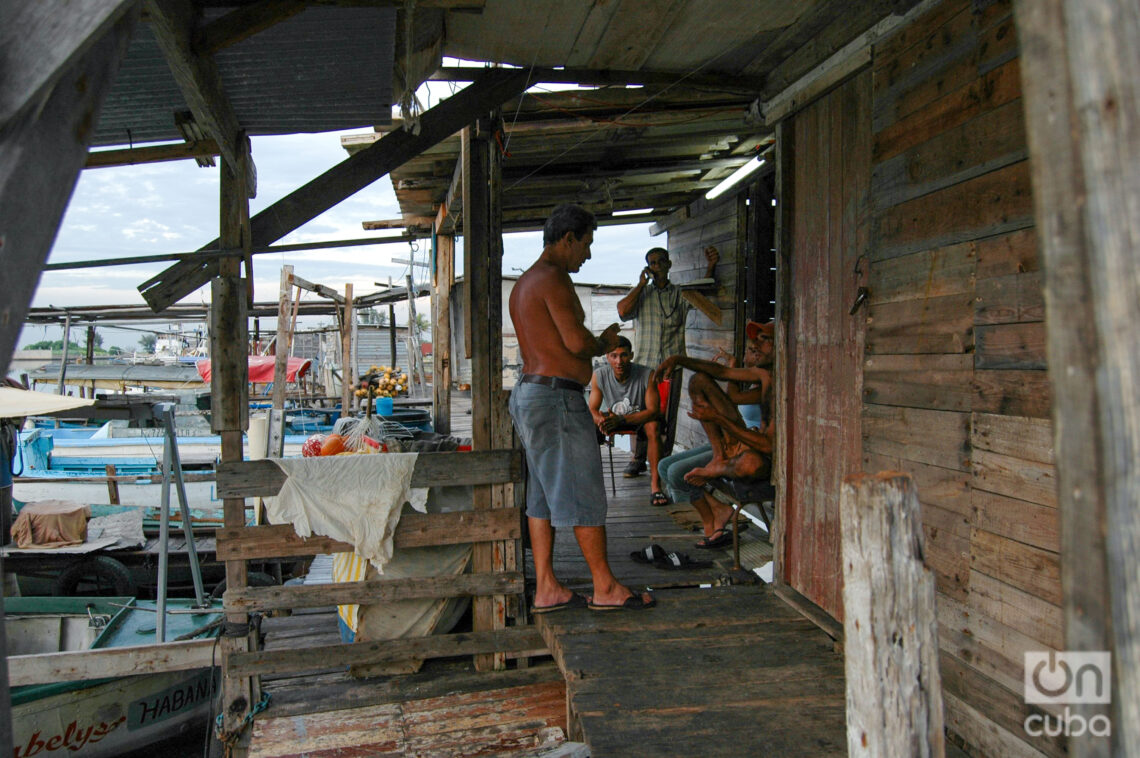
But fire twice razed everything. First in 1903, then in 1908. The settlement was reduced to ashes. The few remaining inhabitants went to ask for land from Doña Concepción García, Ledón’s widow and owner of the Taoro estate. She, considering the land by the sea to be arid and unproductive, agreed without hesitation. Thus was born the new town, now on the edge of the coast, with a view to the horizon.
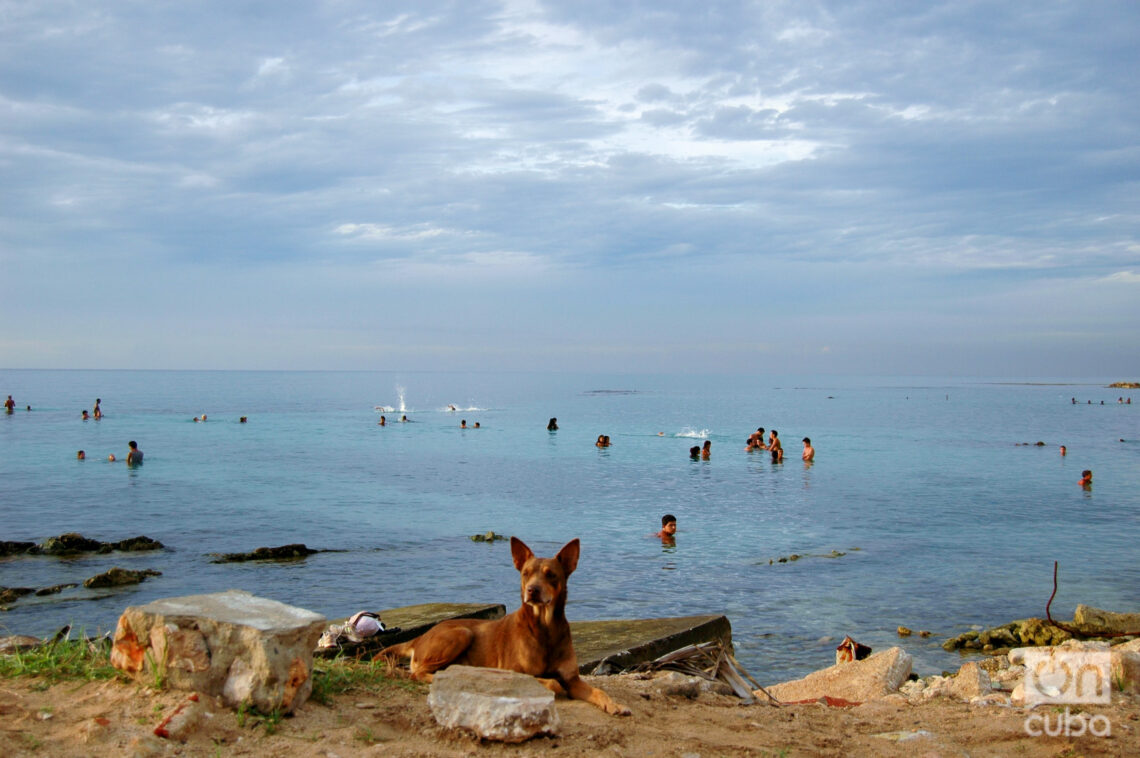
Legend has it that, on a festive night, amid improvised verses and spirits, someone proposed the name that baptized it forever: Santa Fe. A verse read: “The second little beach of Santa Ana that was lost has burned…and the neighbors, acting in good faith, want to change its name to Santa Fe.”
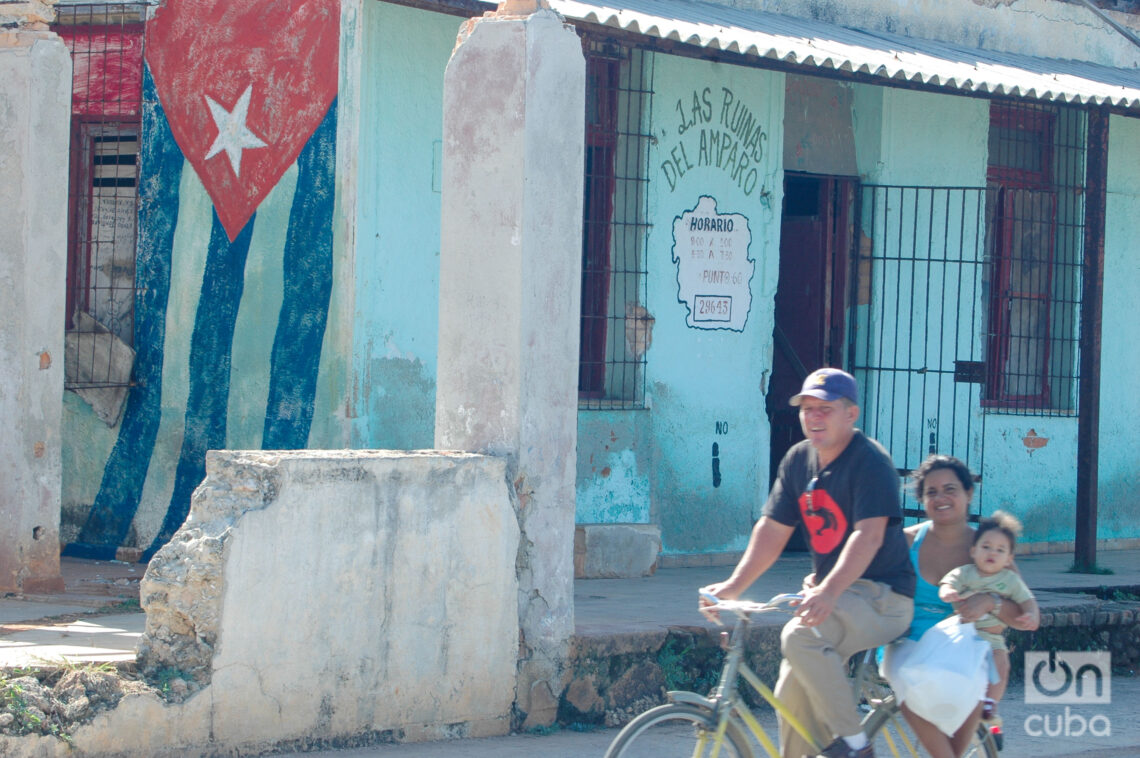
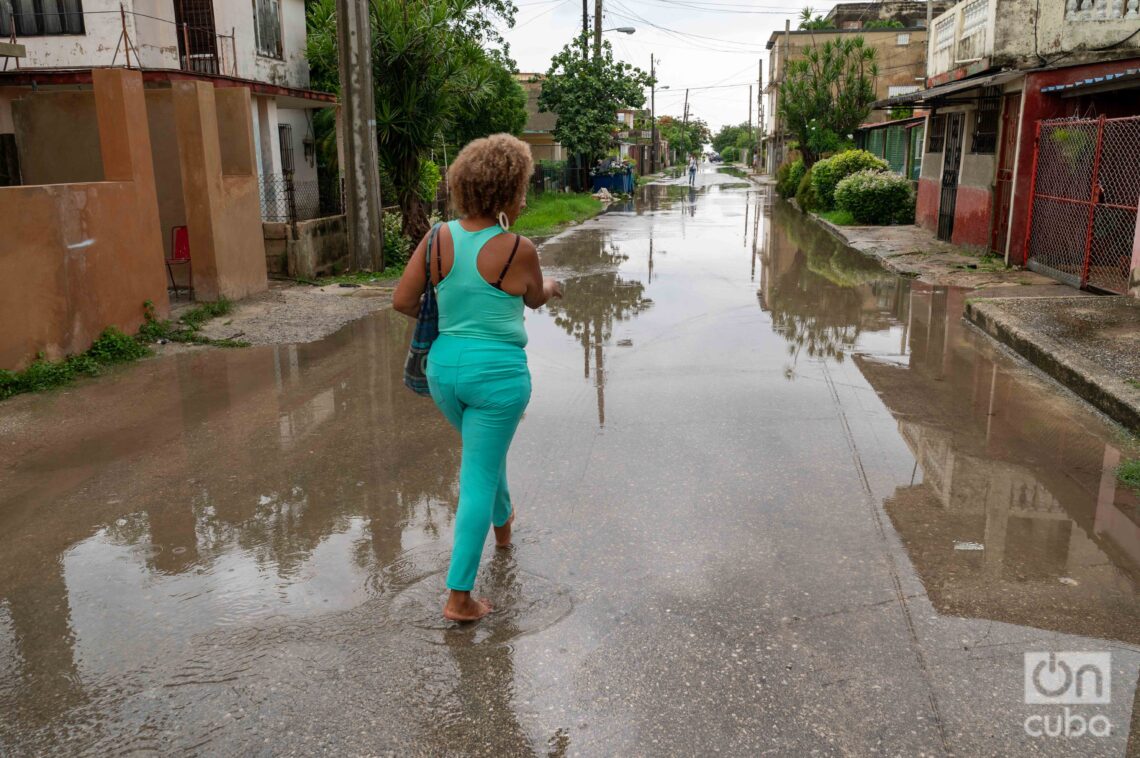
Then came times of splendor. Starting in 1945, the place was filled with summer homes built by families from Havana’s middle and lower middle bourgeoisie. Those who could escape the asphalt and noise found a haven of peace here, with morning performances in clubs, dancing, gambling in a casino and nautical activities. Santa Fe became a town with a life of its own.
But one day, decline came. The town aged, its clubs closed, the facades peeled and the parties became less frequent.
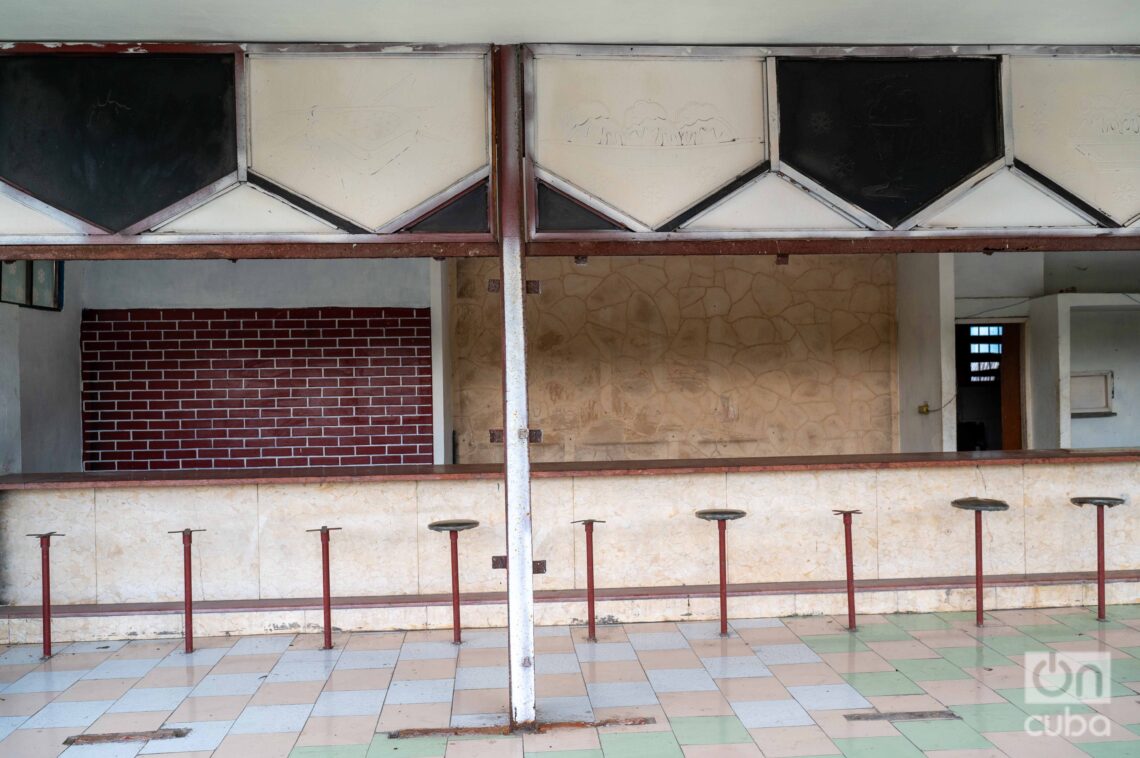
When I arrived, many decades later, only a few echoes of that past remained. Even so, I lived in one of those 1950s buildings, right next to the old social club, steps from the ocean. From my window, I had the most beautiful view I’ve ever enjoyed.
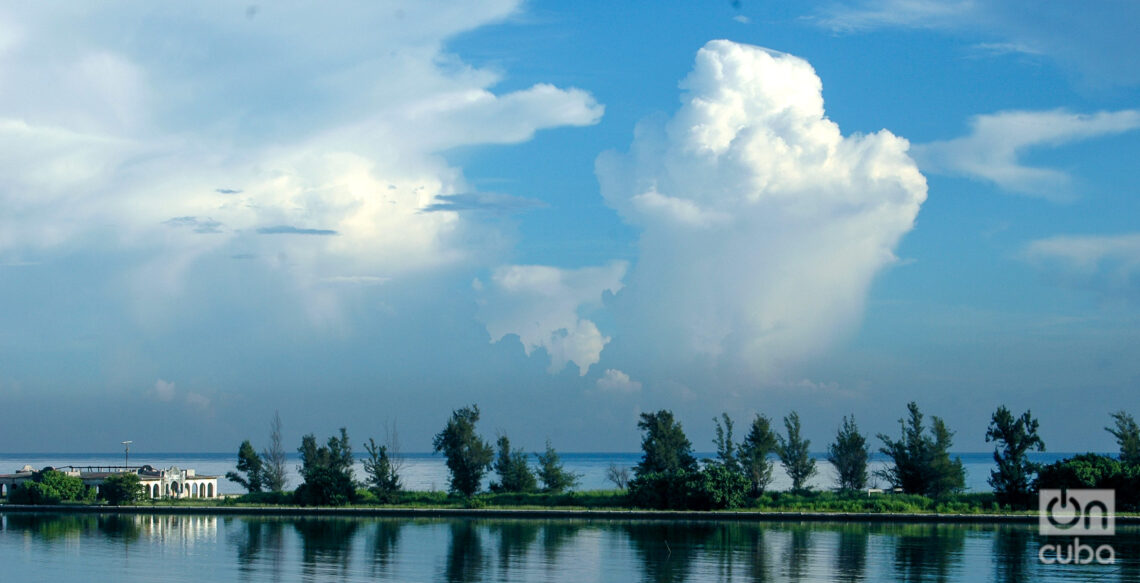
Living in Santa Fe has that strange quality of being simultaneously close and far from the city’s epicenter. It’s barely a dozen kilometers from Havana’s Malecón or the Coppelia ice cream parlor in Vedado. But in real terms — with the disastrous situation of Cuban public transportation — it’s almost like living in another province. There are days when one feels isolated, and others when that distance becomes a relief.
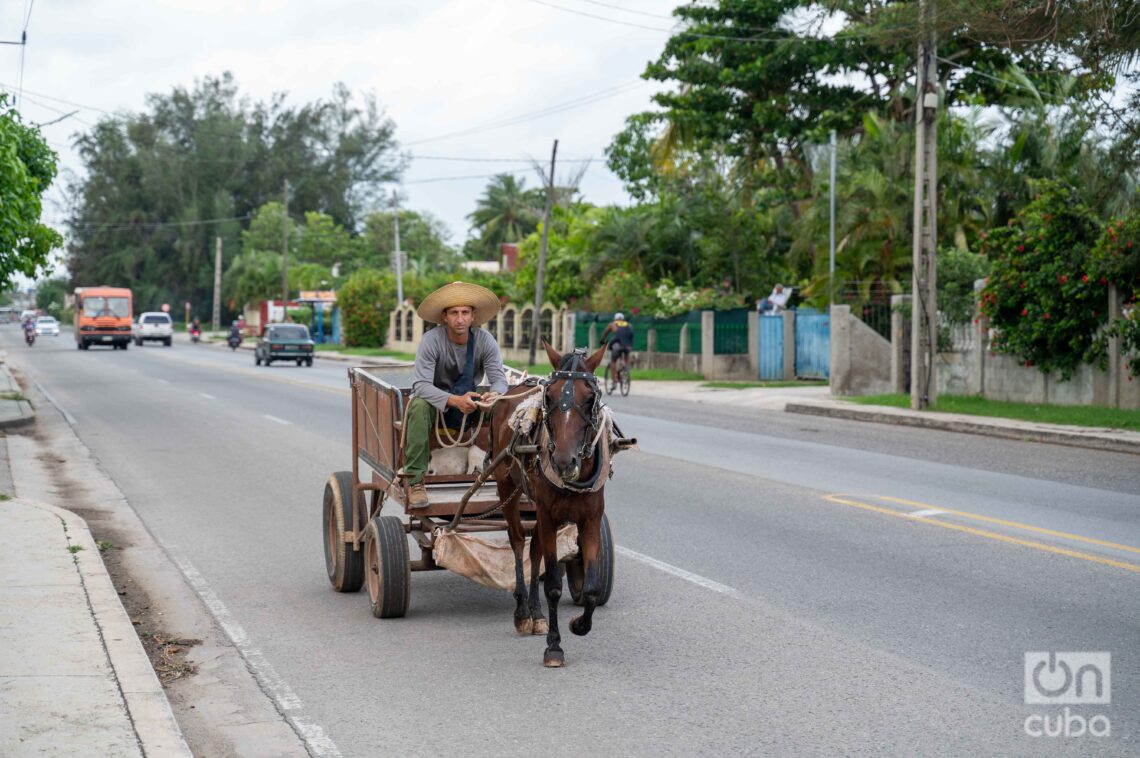
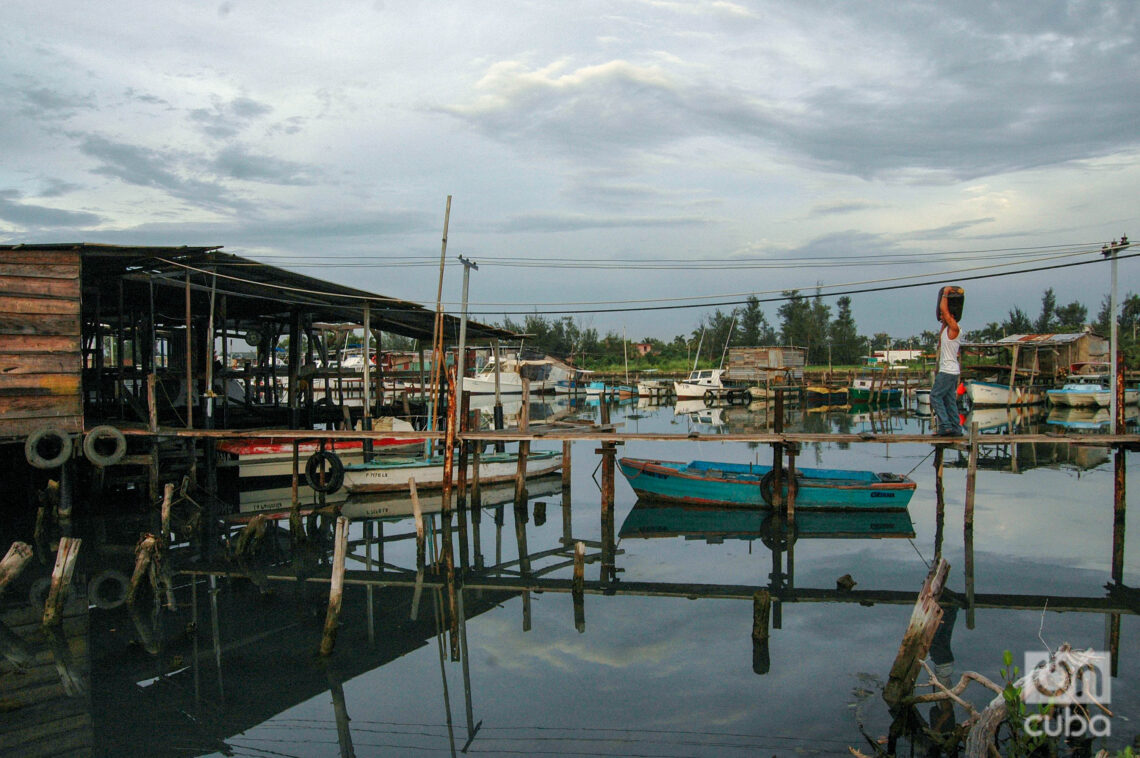
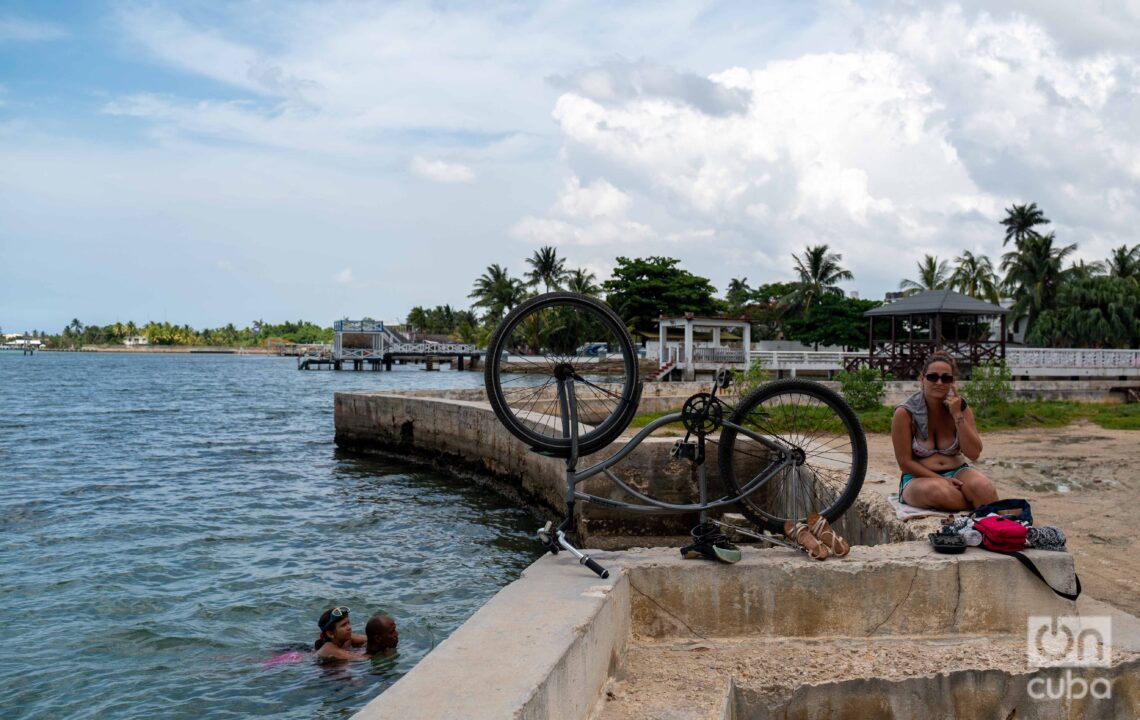
Santa Fe is a town, with everything that entails: the slowness, the neighborhood, its own rhythm, the obligatory greeting, the same dog sleeping on the sidewalk every morning. At the same time, living there requires a daily crossing into another dimension: Havana, the big city. That routine of coming and going between two worlds always seemed fascinating to me.
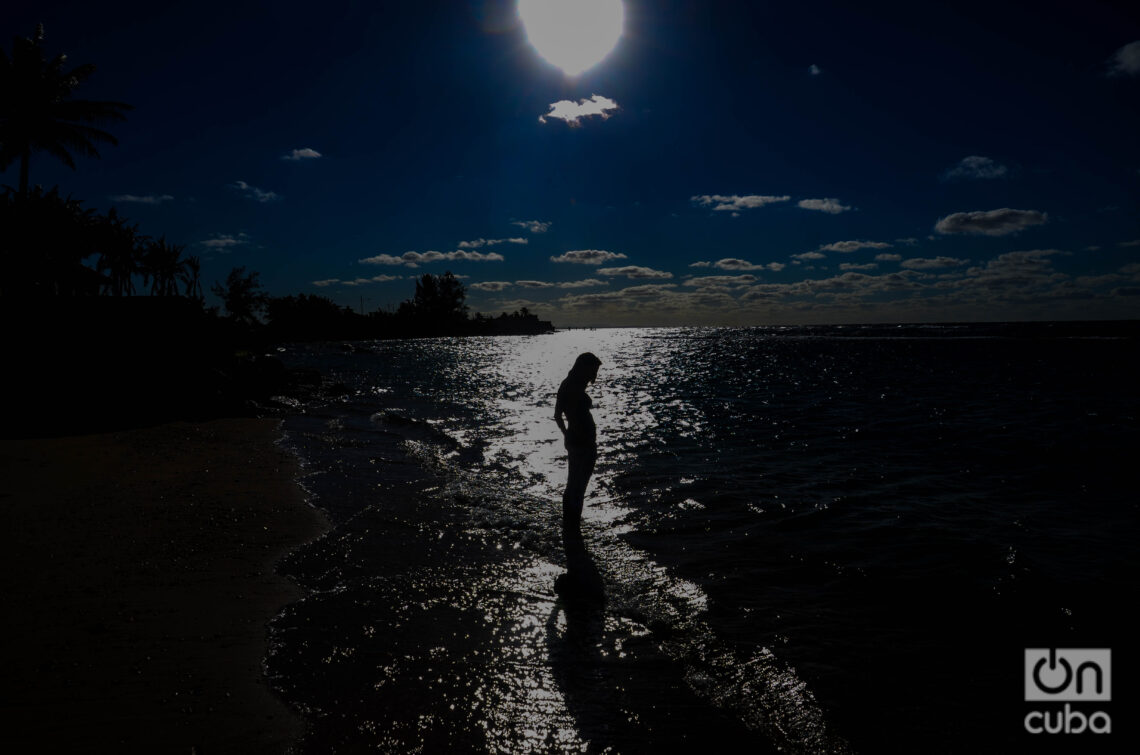
And there’s the sea. The same one that licks the walls of Old Havana, that rages against the Malecón wall, that hugs the coast of Miramar. But seen from Santa Fe, that sea is different. Closer, more intimate, more ours. Without the roar of the city.
Santa Fe, with its quiet streets and forgotten stories, is also a place of return. Whoever has lived there, even for a while, always returns with their memories.

